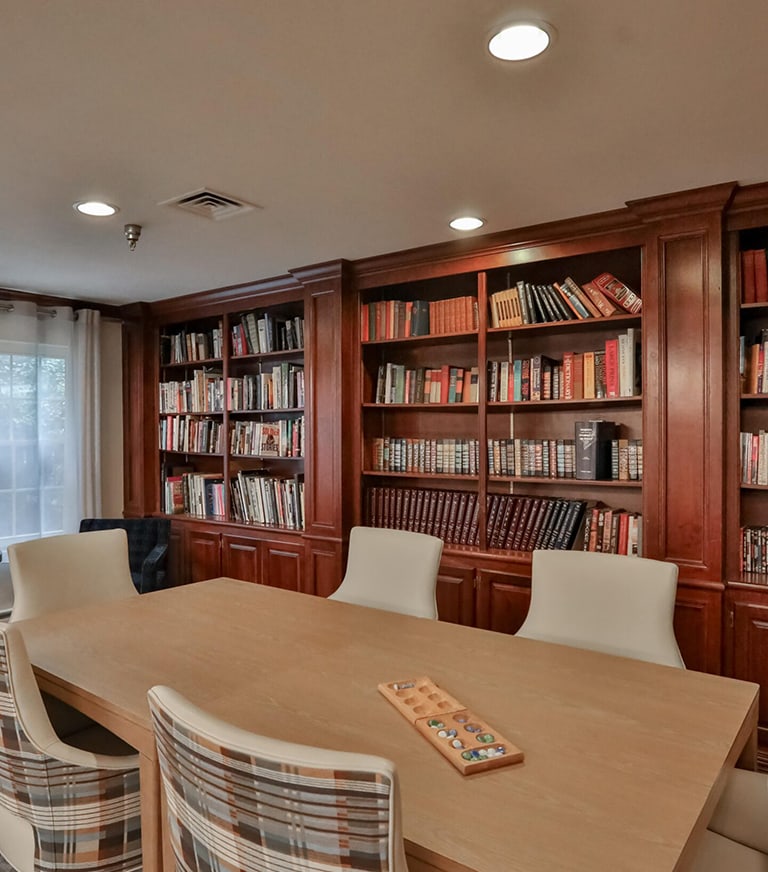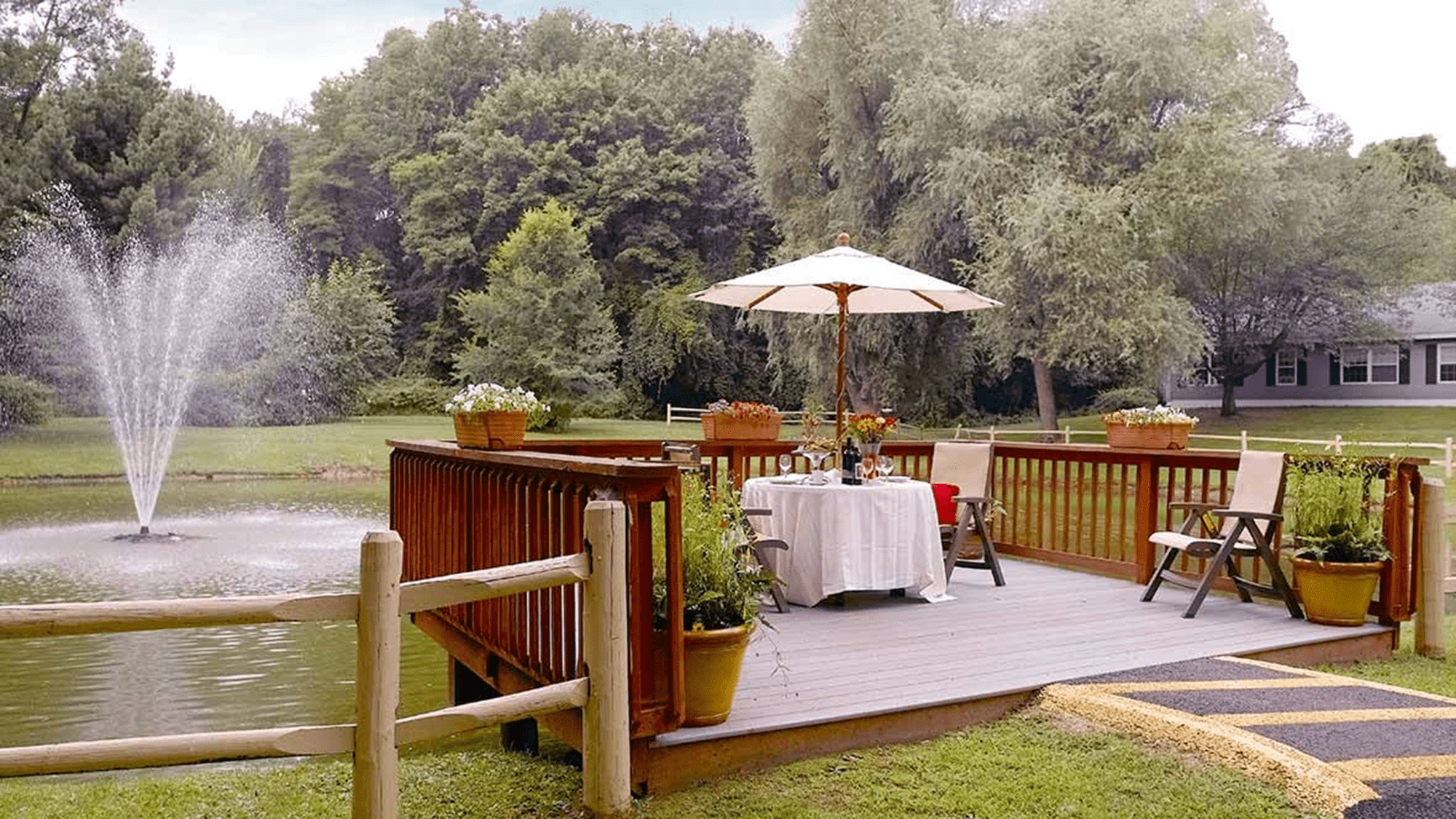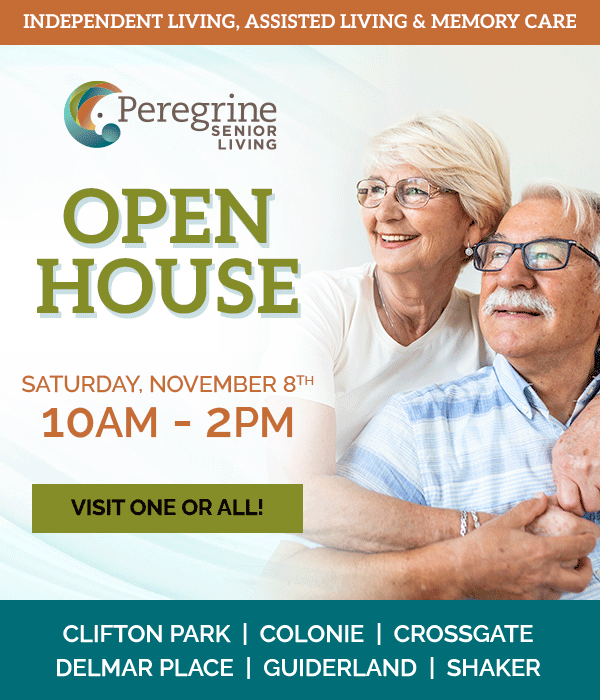Navigating the myriad of options for the care and well-being of our loved ones can be overwhelming. For many families, the decisions around where and how loved ones can receive the care they need are among the most challenging. Two terms that often arise in these conversations are ‘independent living‘ and ‘assisted living.’
Understanding their subtle yet significant differences is crucial to providing the best match for your family member’s specific needs. Independent living offers residential arrangements where older adults can maintain most of their independence while accessing helpful resources. Assisted living is for older adults who need a bit more help with everyday living.
If you’re in this stage of life with your loved one, this post will serve as a guide to demystify these living arrangements and empower you to make informed choices.
What Is Independent Living?
Independent living is a type of senior care that offers a residential arrangement for adults who can largely live independently but prefer to have access to amenities, such as community social events, activities, housekeeping, and meals. It’s designed for those who seek a maintenance-free lifestyle focused on social engagement and convenience but who are still capable of managing their activities of daily living activities (ADLs).
Independent living communities, also known as retirement communities or senior living communities, come in various forms, from apartment complexes and townhouses to retirement homes. They often feature security and safety elements like emergency call systems and staff available around the clock, yet they do not provide personal care services. Residents in these communities are typically in good health and do not require constant medical supervision.
The shift to independent living can be liberating for many older adults. It provides an opportunity to maintain an active and fulfilling lifestyle without the burden of home maintenance or feeling isolated. Engaging in social and recreational opportunities within these communities contributes to a continued sense of independence and well-being.
What Is Assisted Living?
On the other hand, assisted living is a residential option designed for individuals who require assistance with everyday activities. These activities can include bathing, dressing, medication management, and general personal care. Assisted living facilities (ALFs) provide a more supportive environment than independent living. They are suitable for older adults who may require some level of personal care or support with medical needs but do not need a nursing home’s high level of care.
Assisted living communities are also residential but serve as a bridge between independent living and a skilled nursing care facility. They provide a level of care and support tailored to the resident’s specific needs, allowing them to retain a significant degree of independence while also making sure that they receive support when necessary.
Assisted living facilities can vary greatly in terms of size, appearance, cost, and the services they offer. Common features include furnished rooms or apartments, a 24-hour staff, access to personal care services, social activities, and health care management systems. The goal of assisted living is to create a safe and nurturing environment that enhances the quality of life for its residents.
How to Approach the Conversation with Your Loved One
Discussing the need for care or a change in living arrangements with a loved one is a delicate matter. It’s natural for many people to resist the idea, often equating it with a loss of independence. Here are a few tips to approach the conversation with sensitivity and respect:
- Timing is key: Choose a time when everyone is calm and has ample opportunity to talk without feeling rushed.
- Frame the benefits: Focus on how the new living situation will enhance their lives rather than what they can no longer do independently.
- Lay the groundwork: Introduce the idea gradually, perhaps through a conversation about needing more help around the house or desiring a more social environment.
- Listen actively: Be prepared for a range of emotions and concerns. Offer a listening ear and address their worries with compassion.
- Involve them in the decision: Ultimately, it’s their life and their decision. Include them as much as possible by touring communities together and encouraging them to ask questions.
How Will I Know If My Loved One Needs Assisted Living?
It can be challenging to determine when your loved one may need assisted living. Here are some signs that it might be time to consider this option:
- Difficulty with activities of daily living (ADLs)
- Memory loss
- Social isolation
- Decline in health
- Difficulty managing home maintenance
If your loved one is having difficulty with tasks such as bathing, dressing, or grooming, if you’ve noticed signs of dementia or other memory issues, such as purchasing the same item every day or not being able to follow a storyline, or if your loved one is becoming increasingly isolated and struggles to maintain social connections, it may be time for an intervention. Chronic health conditions, frequent hospital visits, or struggling to keep up with household tasks may be signs that they need support. An assisted living community can offer a vibrant social environment, on-site medical support, and the stress relief of not having to worry about maintaining household tasks.

Making an Informed Decision on Senior Living Options
As our loved ones age, their needs and living arrangements may change. Understanding the differences between independent and assisted living is crucial to making the right decision for your family member’s well-being. Independent living offers a maintenance-free lifestyle with access to social activities, while assisted living provides support with daily tasks and medical care.
Navigating the different types of living options can be overwhelming, but understanding the distinctions between them is crucial to finding the right fit for your loved one. At Peregrine Senior Living, both options are offered, and moving from one to the other is simple. Our vibrant and engaging community has daily activities, delicious meals, and a 24-hour staff. To learn more or to schedule a tour, please contact us.













Another amazing painting class with Janelle! 🎨🖌️🖼️
#paintingclass #senioractivities #peregrinecrossgate #wintercanvas ... See MoreSee Less
0 CommentsComment on Facebook
DIY Winter Lantern’s ❄️ 🎨🏮
What beautiful home decor pieces our ladies & gentlemen made! ☺️
#CraftsForSeniors #peregrinecrossgate #LanternStyle #homedecorideas ... See MoreSee Less
0 CommentsComment on Facebook
🔪🌴🥕🍇🥚 Cooking Demonstration with Chef, Kevin!
The Community enjoyed watching our chef and the impressive culinary techniques displayed with a knife to craft a visually appealing dish. Thank you, Chef Kevin.
#peregrinecookingdemonstration #cheflife #seniorlivingcommunity #peregrinecrossgate ... See MoreSee Less
2 CommentsComment on Facebook
Today, we honor the life and legacy of Dr. Martin Luther King Jr.—a leader whose message of equality, compassion, and courage continues to inspire us all.
His dream reminds us that even small acts of kindness can ripple outward and create lasting change.
May we carry his vision forward by leading with empathy, listening with understanding, and building communities grounded in love and unity.
peregrinecrossgate.com/ ... See MoreSee Less
0 CommentsComment on Facebook
❄️ Peregrine’s “ Warmth of Grandparents Hug “ Winter Craft & Matinee 🍪 ⛄️
Thank you to everyone that came and Congratulations to our Winner, Emma on winning the Frozen Gift Bag! 🎁❄️
#Seniorliving #frozen #peregrinecrossgate #grandparentslove ... See MoreSee Less
1 CommentsComment on Facebook
Today’s the day!! Hope to see you all! ❄️ ⛄️❄️ Peregrine invites you and your littles to our “ Frozen “ Movie & Craft Event!
January 18th, 2026 (2:15PM-4:30PM)
🍪- Snowflake Cookie Decorating at 2:15pm in the Cafe
⛄️- Do you wanna build a snowman Craft at 2:15pm
🥶- “ Frozen “ Movie starts at 3PM in the theater
Also, dont forget all the Frozen Themed Snacks! 🧁
❄️ If you are interested in joining us on this Winter fun- Please RSVP to our Activity Director, Destiny Rossman at [email protected] by 1/13/26 ❄️ ... See MoreSee Less
0 CommentsComment on Facebook
🍪🥣 Baking Shortbread Cookies with our Activity Director, Destiny!
In honor of National Shortbread Day, our Activity Director Destiny made some delicious Holiday Shortbread Cookies. Residents enjoyed the comedy during the program, as our Activity Director isn't much of a baker (ha 🤣), sharing past fails when baking and successful baking moments.
These cookies were later served for a snack for the communities Evening Bingo program. They came out delicious! 😋🍪
#BakingClass #seniorlivingcommunity #activitiesforseniors #PeregrineCrossgate #independentlivingcommunity #NationalShortbreadDayio ... See MoreSee Less
4 CommentsComment on Facebook